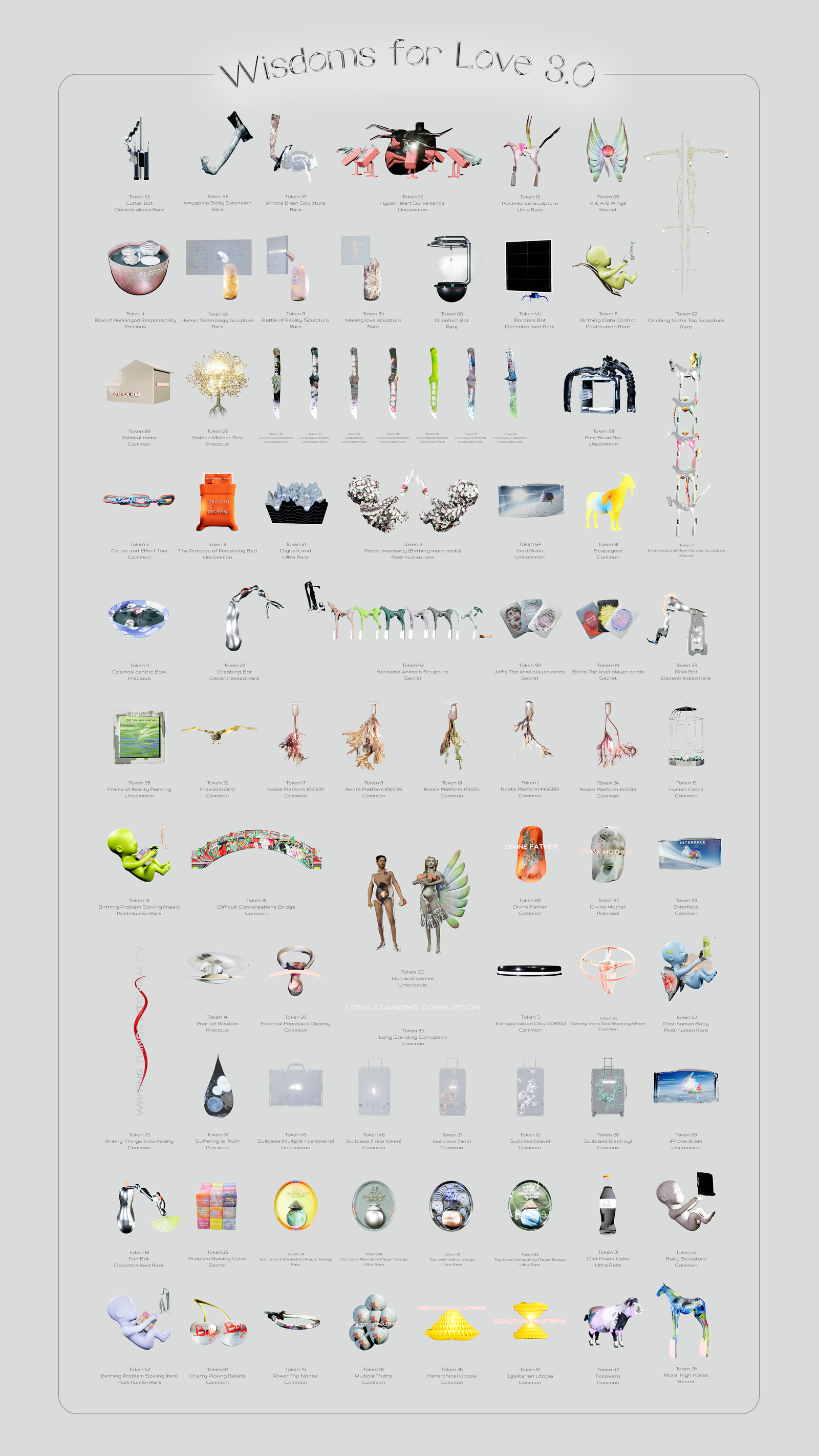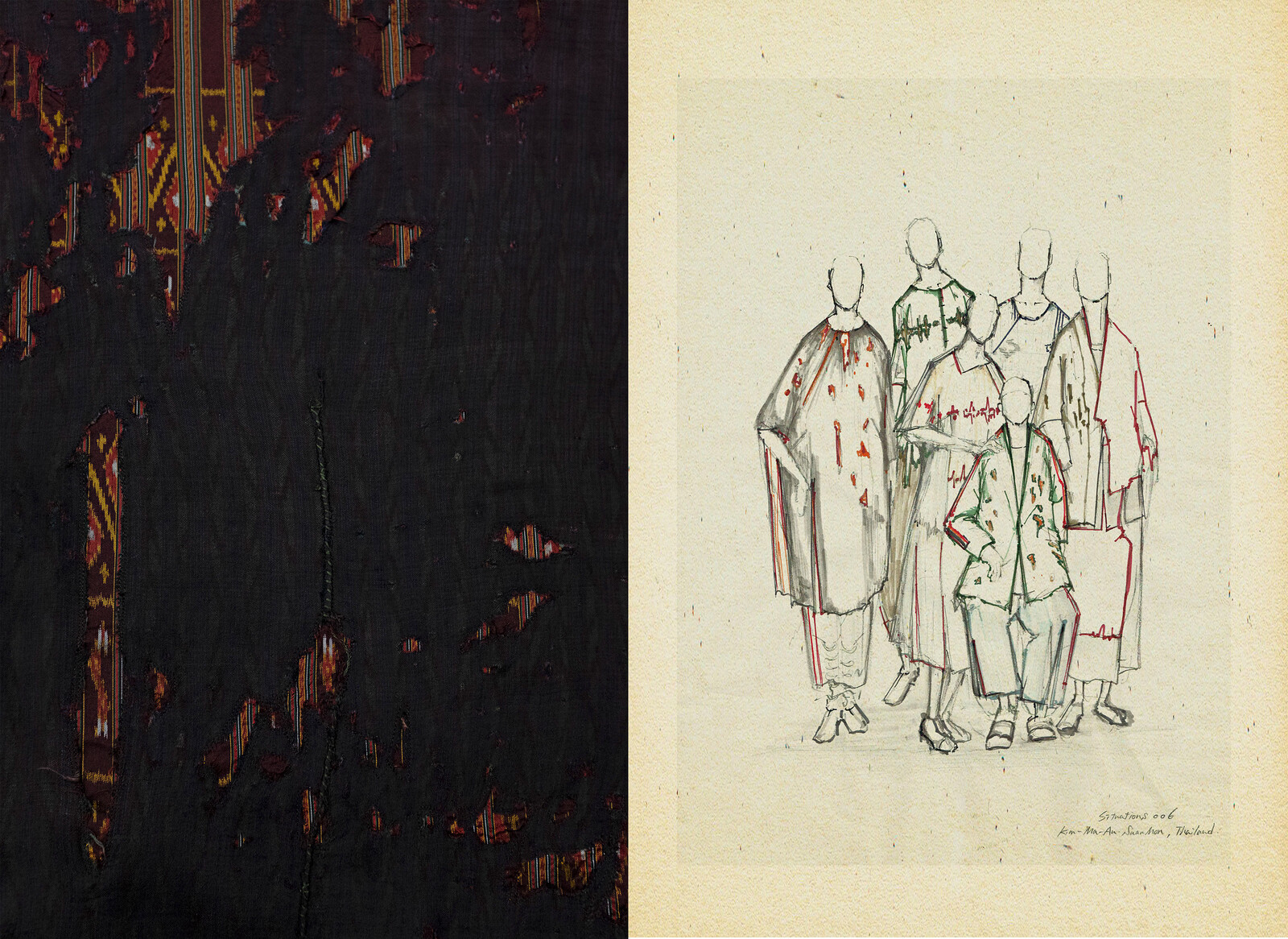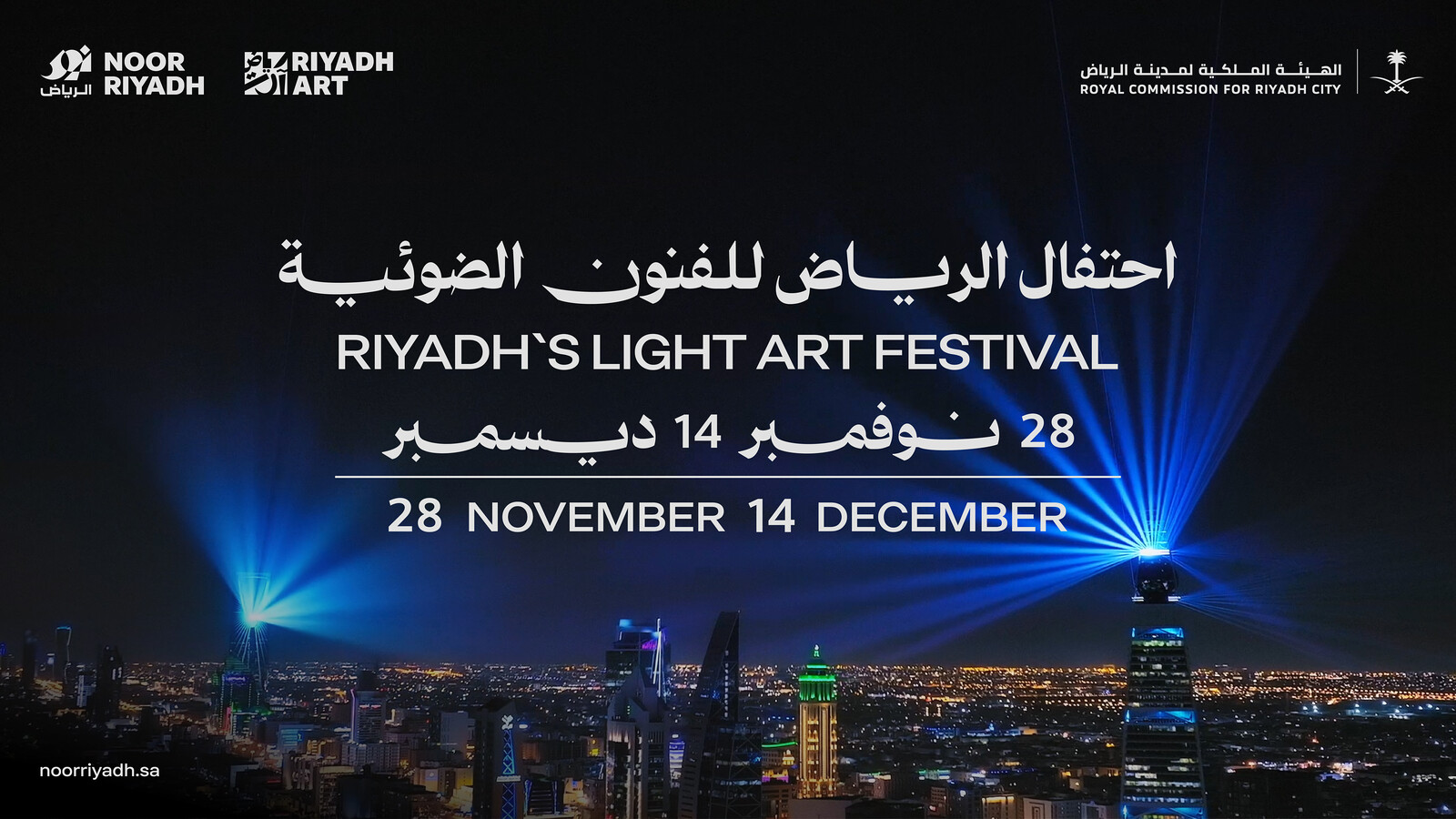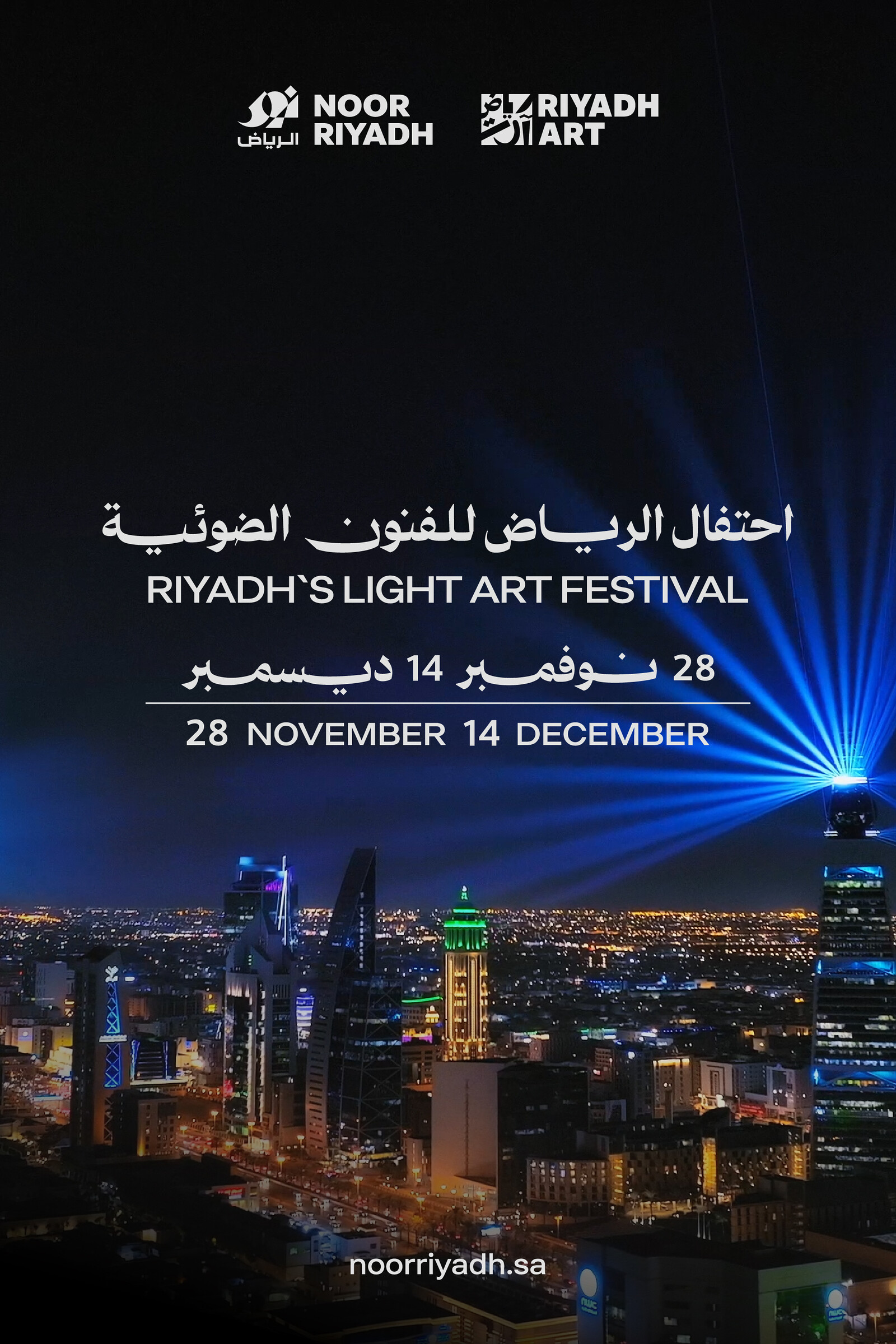Thailand Biennale, Korat 2021
December 18, 2021–March 31, 2022
Nai Mueang, Mueang Nakhon Ratchasima District
Nakhon Ratchasima
30000
Thailand
Organizer: The Office of Contemporary Art and Culture, Ministry of Culture (OCAC)
Artistic Director: Yuko Hasegawa
Co-curators: Tawatchai Somkong, Vipash Purichanont, and Seiha Kurosawa
Thailand Biennale, Korat 2021, titled Butterflies Frolicking on the Mud: Engendering Sensible Capital, is underway for the coming opening this December. Facing the ongoing global pandemic, it is still unclear if most international participant artists can conduct a site visit. Within this circumstance, the Biennale would like to introduce the challenging preparation process through a note by one of the co-curators, Seiha Kurosawa, the youngest Japanese curator in the curatorial team, working remotely.
At the end of 2019, I was invited to be a co-curator for the Thailand Biennale Korat 2020 (now 2021). In January 2020, I visited Nakhon Ratchasima Province for the first time to inspect various potential venues for the Biennale. At that time, global tensions were rising due to reports of a coronavirus outbreak in Wuhan, however, I did not imagine that this virus would lead to the global pandemic that we know today, and I remember that I was slightly optimistic about it. In retrospect, this first site visit was almost the last opportunity for me to travel abroad since then. In this note, I intend to focus and emphasize the process of this particular Biennale in that all of the local and international members are forced to work from a distance.
During the initial site visit, the curatorial team raised as a central theme of the Biennale a question of a new form of capital that transcends the division between human and non-human, underpinned by the latest environmental and ecological views and how this can be engendered within local cultural resources. However, although the central premise of the Biennale was to commission site-specific works for artists, it became almost impossible for international artists to visit the sites, as well as foreign curators, and thus we were forced to make a significant change in direction. Not only outside of the country but within Thailand, as travel between cities, was restricted by the lockdown, I had to look at the changing situation remotely and continue to feel ambivalent about it intensely.
Moreover, it was expected for the curatorial team, under the leadership of Yuko Hasegawa, to couch the local staff who did have substantial experience fabricating contemporary artworks when we began the preparation with the emerging pandemic. It was also a challenge for the Biennale because the candidate venues in Nakhon Ratchasima Province did not provide general art museum facilities. The Thailand Biennale aims to be a nomadic biennale, changing the host city each time; this is only the second edition. Thus, the curatorial team and the organizer team have been closely engaged with this mission through remote communications.
However, this demanding process with many frustrating restrictions led the artists to the new approaches to overcome the deep gap between on-site and off-site communication through their creativities. For example, a young women collective KEIKEN responded to the complex situation and proposed an interactive online game with a physical installation aiming to collect exchangeable wisdom tokens, playable for on-site and online visitors. Although we were already exhausted in a world where screens replaced all communication under the conditions of a pandemic, this process enabled all of us to discover a new form of collaboration transcending the existing notion of the dichotomy of local and global, or online and offline. Since art cannot ignore its physical nature, the actual production of artworks, even under constraints, is supported by much on-site staff and local volunteers while communicating with such artists’ digital sketches and conceptual platforms. For instance, the Rajamangala University of Technology Isan, one of the main venues and involved in production management, has been facing repeated lockdowns. Still, through the cooperation of many faculty members, students, and coordinators, they have gradually realized the proposals of the participant artists who cannot travel. Or Japanese fashion designer YANTOR received used garments produced in a silk village in the Isan region and reconstructed them in their studio in Tokyo. Even though their initial plan for the field research had to be given up, this complex and restricted approach paradoxically led the artists to closely observe and deeply interpret the materiality of the garments, including the history of the village. On the contrary, the Thai flower designer’s studio, PHKA, has made several proposals that attempt to interpret the historical context of Korat city by utilizing local plants and flowers. They brought us a new visual perception of the urban landscape that we, the foreign curators, could not observe outside.
Amid this, local news reported that the Covid-19 pandemic had caused many butterflies to arise due to the reduction in human migration in the region. This event revealed that the current human boundary did not apply to all the entities on Earth. Reinspired by this event, the concept of this Biennale was rebuilt to capture the new form of capital through the metaphor of butterflies nourishing and resting on the mud. As the butterflies can easily fly beyond our entrenched notion of the physical borders and relax on the mud, the Biennale will transcend the on-site and off-site division and slowly engender opportunities for detoxification, connecting, and mutually healing people and the other natural, social, and cultural entities. Like many other biennales, this Biennale has inevitably been forced halfway through the stress of “rushing,” but unlike global capital that pursues only completion and success, it will present the possibility of art that slows down the process, is not rushed, and slowly fosters each other.
Seiha Kurosawa





